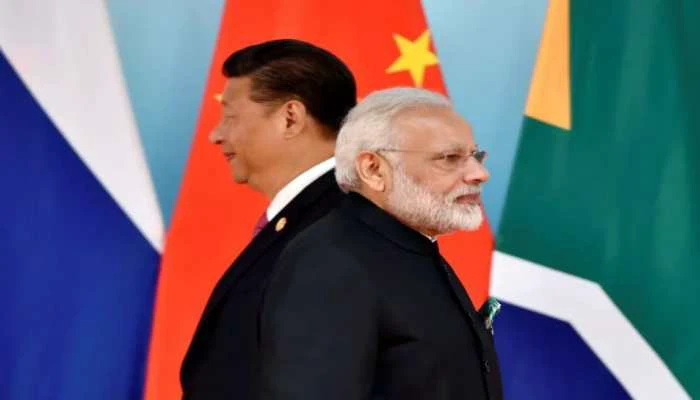New Delhi: Tensions between India and China run deep and is rooted in a complex history that predates independence. The origins trace back to 1914 when the British Indian government and Tibet signed an agreement that defined the boundary between Indias northeastern region, including Tawang, and Outer Tibet.
This boundary was known as the McMahon Line, named after Sir Henry McMahon, who represented Britain during the negotiations. The British later published a map illustrating this boundary in 1938.
India gained independence in 1947, followed by the establishment of the Peoples Republic of China in 1949. Since then, Beijing rejected the Shimla agreement made between Britain and Tibet, asserting sovereignty over Tibet and refusing to acknowledge any prior agreements. At that time, Chinas stance was not overtly aggressive.
In 1951, China took control of Tibet, intensifying tensions. Beijing claimed it was liberating Tibet, while India continued to recognise Tibet as a separate entity. In 1972, Arunachal Pradesh was designated a union territory, and by 1987, it attained full statehood, having previously been known as the North East Frontier Agency.
This development further aggravated China, which began violating the McMahon Line and ramping up military activity near the Line of Actual Control across more than 1,100 kilometres. China also issued maps asserting claims over parts of Arunachal Pradesh.
In 1958, Beijing escalated matters by publishing a new official map that pushed territorial claims beyond previous limits. This map included Indias entire northeastern region, along with Ladakh, Himachal Pradesh and even parts of Uttar Pradesh. China demanded a survey of these contested areas.
On December 14, 1958, then Prime Minister Jawaharlal Nehru firmly rejected these demands, declaring that these regions were an integral part of India.
Following this, China repeatedly conducted incursions along the disputed border, culminating in the 1962 war. On October 20, 1962, Beijind launched attacks in Ladakh along the McMahon Line. The conflict lasted until November 21, when China withdrew its forces. Since then, tensions have persisted, with frequent border skirmishes, though recent times have seen some easing.
At present, relations between the two nations show signs of thawing. Prime Minister Narendra Modi is set to visit China later this month to participate in the Shanghai Cooperation Organization summit (his first visit since 2018).
The 2020 Galwan Valley clash had strained ties significantly, but subsequent meetings, including last years summit between Modi and Chinese President Xi Jinping in Kazan, Russia, have helped ease tensions.
Against the backdrop of U.S. tariffs and penalties on India, China has voiced support for India, suggesting a cautious but hopeful shift toward cooperation in the future.
